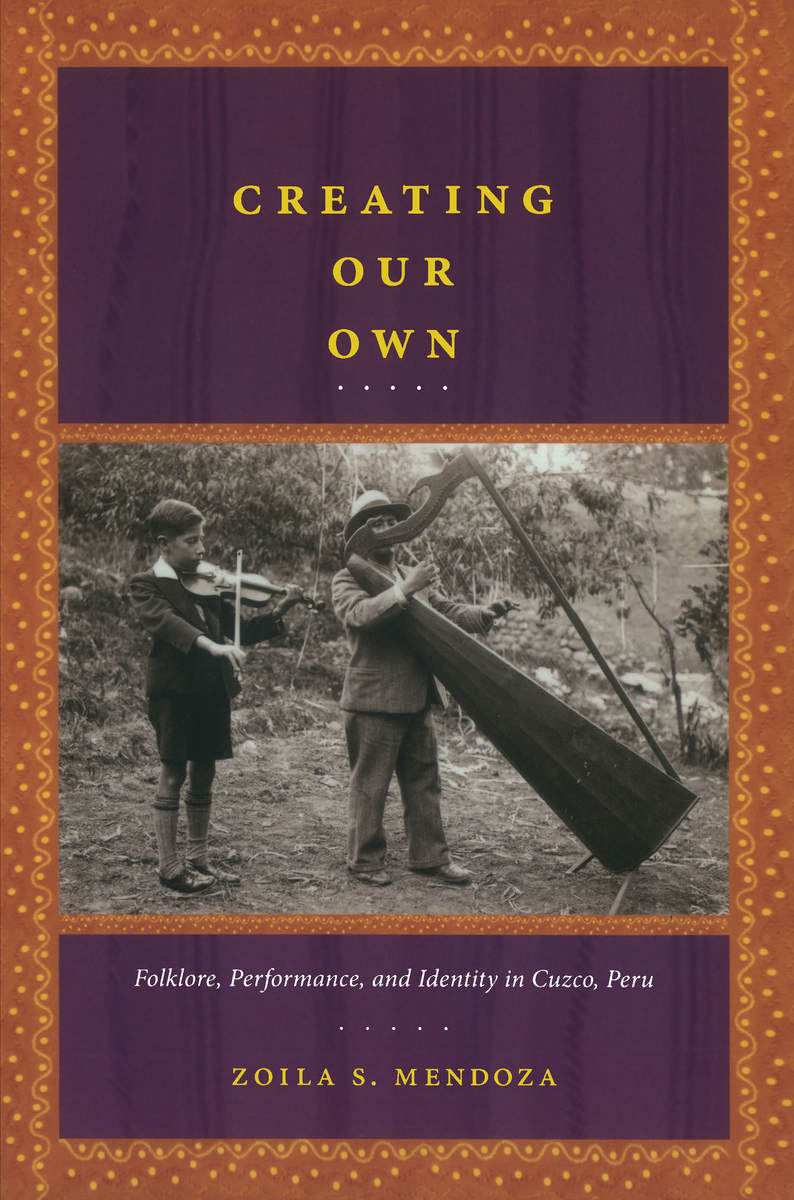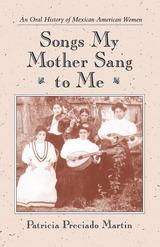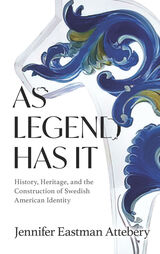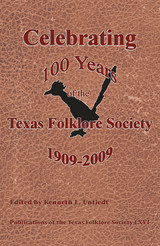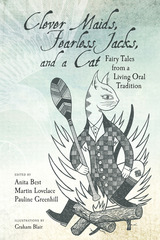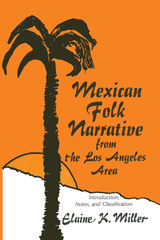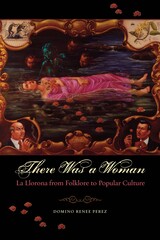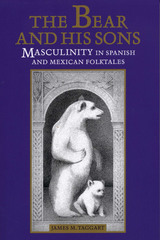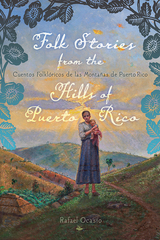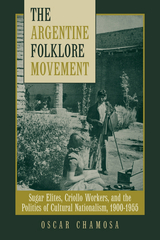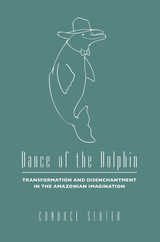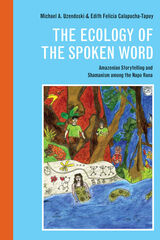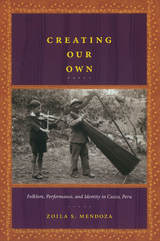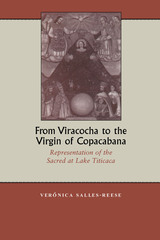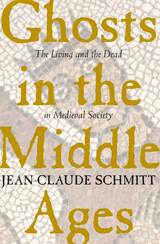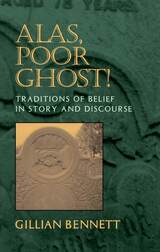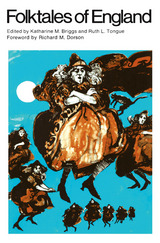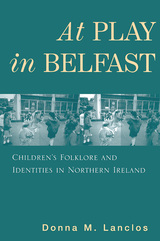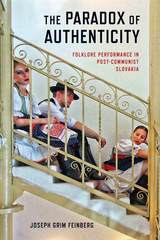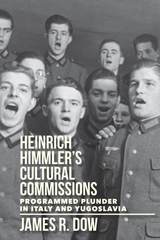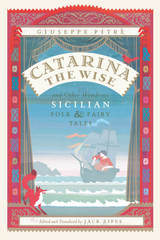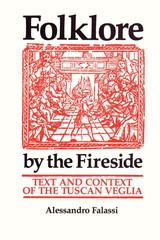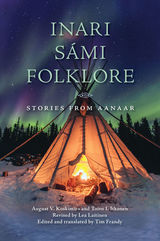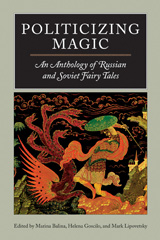“Creating Our Own provides much useful data for the study of folkloric canon formation.” - Sydney Hutchinson, Dance Research Journal
“Creating Our Own lucidly reproduces the tensions, difficulties, and paradoxes of postcolonial identity-formation at the regional and national levels. Not only is Mendoza successful in showing how the artistic-folkloric productions of Cuzco were integral to the formation of both cuzqueño and Peruvian identities, but she also succeeds in humanizing and individualizing what are often seen as largely social and national processes. . . . Creating Our Own is a suitable resource for graduate students and scholars of anthropology, history, and musicology. Mendoza organizes her materials logically, elegantly, and clearly.” - Adam M. Pacton, Anthropology Review Database
“Creating Our Own offers a detailed accounting of how folklore enters into processes of identity formation and projection in one exemplary setting, Cuzco, Peru, during the first half of the twentieth century. . . . Folklorists will find in this book a pliable and productive formulation of the domain of folklore.” - John H. McDowell, Journal of Folklore Research
“[F]ascinating, well-written. . . . Mendoza illuminates a rich time of cultural production that continues to have an ongoing influence on hemispheric and even global indigenous identity formation. Recommended.” - K.S. Fine-Dare, Choice
“[T]his book is a valuable contribution to the understanding of Peruvian cultural history in the past century, arising from an admirable methodological meeting between anthropology and musicology. Creating Our Own not only brings new ideas and knowledge, but the reader can enjoy the musical works studied here by purchasing recordings listed in the discography.” - Víctor Peralta Ruiz, Hispanic American Historical Review
“Revivals of local musical traditions are sometimes described as the creations of relatively wealthy groups and government policymakers. Zoila S. Mendoza’s fascinating analysis of the roles of local actors in shaping folklore movements in Peru is highly relevant for studies in the rest of Latin America, the United States, and elsewhere.”—Anthony Seeger, author of Why Suyá Sing: A Musical Anthropology of an Amazonian People
“This innovative, impassioned book explores music and dance in the heartland of the Andes. Zoila S. Mendoza conveys the power and beauty of Cuzco’s Andean culture, and yet, like some nimble village pan-pipe player, shows the complexities, contradictions, and struggle over that elusive, marketable commodity we call ‘folklore.’ Her remarkable study allows us to see the Andes and the matter of tradition and heritage in new ways.”—Orin Starn, coeditor of The Peru Reader: History, Culture, Politics
“Creating Our Own lucidly reproduces the tensions, difficulties, and paradoxes of postcolonial identity-formation at the regional and national levels. Not only is Mendoza successful in showing how the artistic-folkloric productions of Cuzco were integral to the formation of both cuzqueño and Peruvian identities, but she also succeeds in humanizing and individualizing what are often seen as largely social and national processes. . . . Creating Our Own is a suitable resource for graduate students and scholars of anthropology, history, and musicology. Mendoza organizes her materials logically, elegantly, and clearly.”
-- Adam M. Pacton Anthropology Review Database
“Creating Our Own offers a detailed accounting of how folklore enters into processes of identity formation and projection in one exemplary setting, Cuzco, Peru, during the first half of the twentieth century. . . . Folklorists will find in this book a pliable and productive formulation of the domain of folklore.”
-- John H. McDowell Journal of Folklore Research
“Creating Our Own provides much useful data for the study of folkloric canon formation.”
-- Sydney Hutchinson Dance Research Journal
“[F]ascinating, well-written. . . . Mendoza illuminates a rich time of cultural production that continues to have an ongoing influence on hemispheric and even global indigenous identity formation. Recommended.”
-- K.S. Fine-Dare Choice
“[T]his book is a valuable contribution to the understanding of Peruvian cultural history in the past century, arising from an admirable methodological meeting between anthropology and musicology. Creating Our Own not only brings new ideas and knowledge, but the reader can enjoy the musical works studied here by purchasing recordings listed in the discography.”
-- Víctor Peralta Ruiz Hispanic American Historical Review
